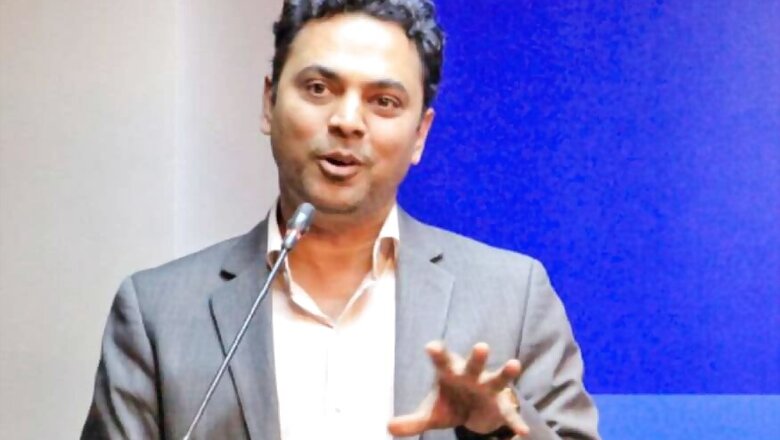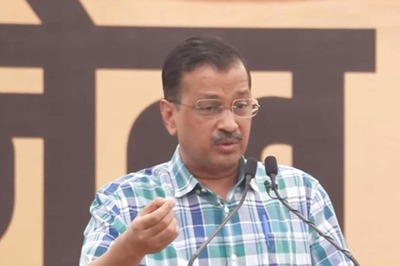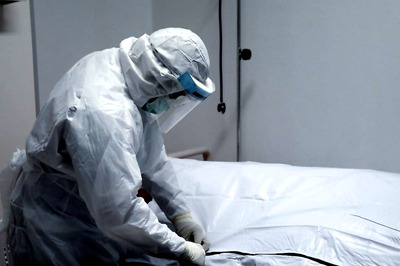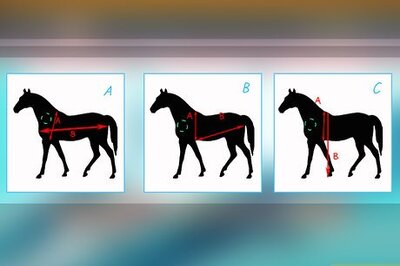
views
New Delhi: Chief Economic Adviser K Subramanian on Thursday seemed to rubbish his predecessor Arvind Subramanian claim of India overestimating its growth rate, saying that it is very hard to create a narrative, which is different from the truth.
Former CEA Arvind Subramanian in his research paper last month mentioned that India's growth rate between 2011-12 and 2016-17 was overestimated.
He argued that methodological changes in calculating GDP had led to overestimating GDP growth by at least 2.5 per cent per year between 2011-12 and 2016-17.
"Let me tell you from my own observation that India is an economy where there are many many touch-points for policy and in the six months that I have been part of the government, I have been able to see it from close quarters because there are several touch points for policy, it is very hard to try and create a narrative which is different from the truth," Subramanian said when asked about concerns raised over the credibility of data.
He also said there are many indicators that contradict claims of the critics of data credibility.
Pointing out that 8 per cent sustained growth is required for achieving USD 5 trillion economy by 2024-25, he said that investment is going to be the key driver for pushing the economy to the top gear and boost job creation.
"Investment cannot go up unless the cost of capital goes down. One key opportunity we have is that the cost of capital internationally is very low, liquidity is very high there and as a result, there is an opportunity for both for firms and sovereign as well to think about going and raising money abroad," he said.
The government is also thinking over liberalising foreign investment norms to further boost investment, he said.
The government is expected to further ease the foreign direct investment (FDI) norms with a view to bridging the widening current account deficit (CAD), according to the Economic Survey 2018-19.
It said that from a macro-economic perspective, the deterioration of CAD may be contained if consumption slows in the economy while an increase in investment and exports become the new drivers of the Indian economy.
The CAD increased to USD 57.2 billion or 2.1 per cent of the gross domestic product (GDP) in 2018-19 as against 1.8 per cent in the previous year.
The CAD, which is the net of foreign exchange inflows and outflows, had stood at USD 48.7 billion in 2017-18.
Subramanian said it is important to note that when investment goes up unemployment comes down due to the virtuous cycle that kicks in.
"When the economy is in a virtuous cycle, investment, productivity growth, job creation, demand and exports feed into each other and enable animal spirits in the economy to thrive. In contrast, when the economy is in a vicious cycle, moderation in these variables dampen each other and thereby dampen the animal spirits in the economy," he said.
"As we describe in the next section, our view of the economy in either a virtuous or a vicious cyclewith investment as the key driver of this cyclestems from two key departures from the traditional Anglo-Saxon view of the economy," he said.




















Comments
0 comment